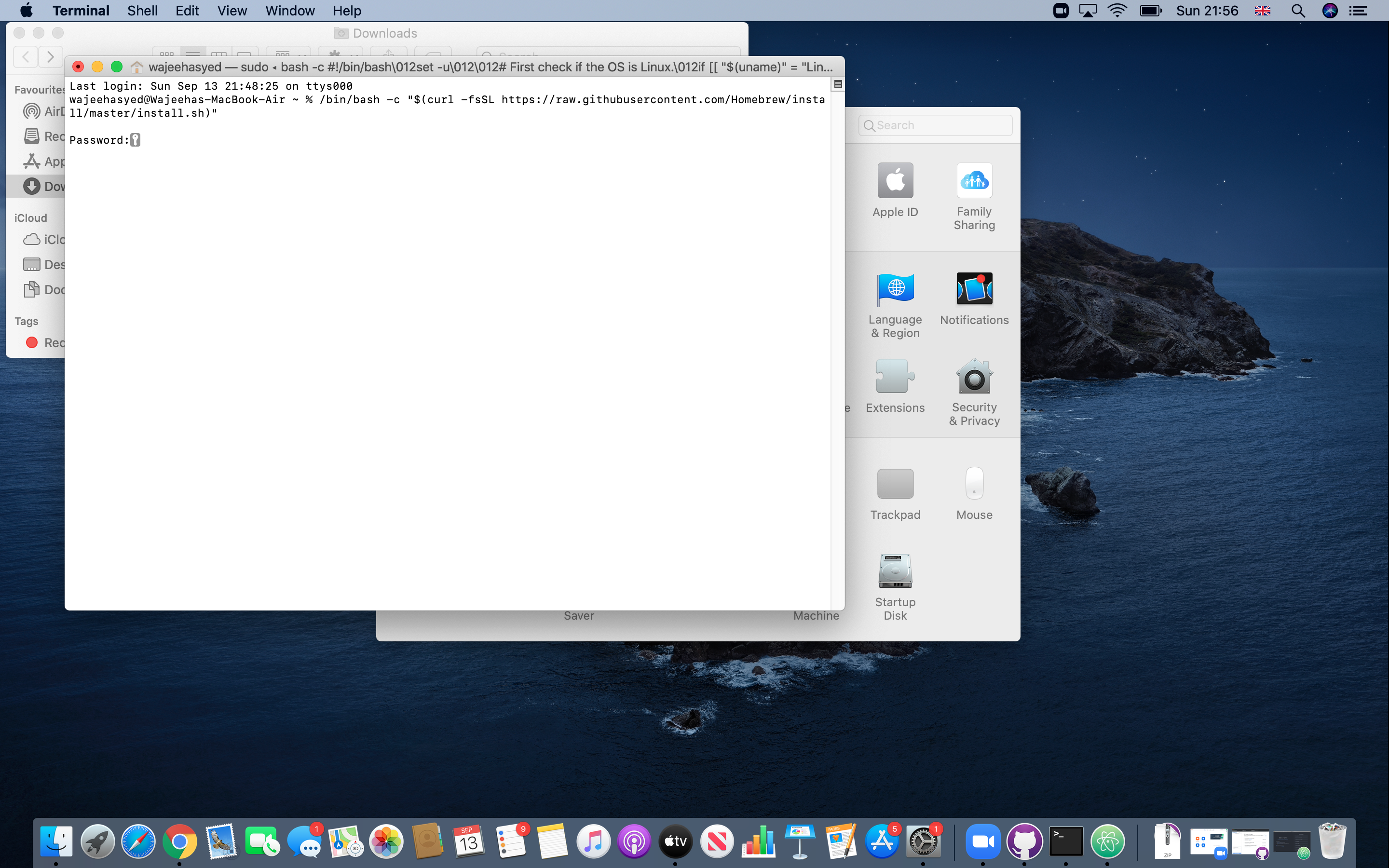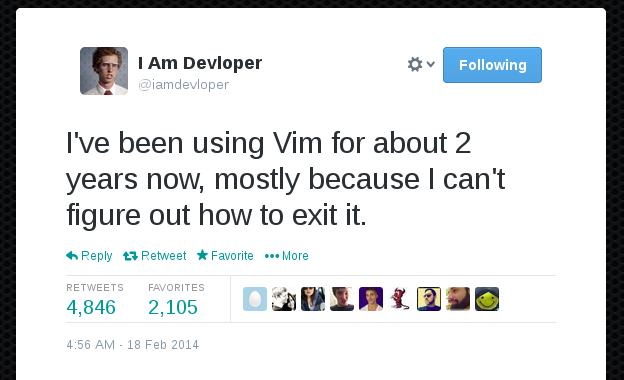- Install Git On Mac Catalina Free
- How Do I Install Git On Mac
- Install Git On Catalina
- Install Git On Mac Catalina Update
- Install Git On Mac Catalina Download
The NVM (Node Version Manager) is a shell script used for installing and managing Node.js on a Linux based system. The macOS users can install NVM using the homebrew.
This tutorial help you to install NVM on your macOS system and manage Node.js versions.
Prerequisites
You must have macOS desktop access with administrator privileges.
Login to the macOS desktop system and install Homebrew on your system (if not already installed)
Sudo apt-get install git qemu-system qemu-utils python3 python3-pip # for Ubuntu, Debian, Mint, and PopOS. Sudo pacman -S git qemu python python-pip python-wheel # for Arch. Sudo xbps-install -Su.

For more instruction visit Homebrew installation tutorial.
Install Git On Mac Catalina Free
- Install Tomcat On Mac Steps. First make sure you have installed JDK on macOS, run java -version in terminal to get the installed version. If you do not have installed JDK, you need to download and install one.
- Today, I attempted installing GitHub Desktop on my mac and I got a following message: 'GitHub Desktop' can't be opened because Apple cannot check it for malicious software. This software needs t.
- Open a Mac app from an unidentified developer. If you try to open an app that isn’t registered with Apple by an identified developer, you get a warning dialog. This doesn’t necessarily mean that something’s wrong with the app. For example, some apps were written before developer ID registration began.
Step 1 – Remove existing Node Versions
If your system already have node installed, uninstall it first. My system already have installed node via Homebrew. So uninstalling it first. Skip if not already installed.
Step 2 – Install NVM on macOS
Now, you system is ready for the installation. Update the Homebrew package list and install NVM.
Next, create a directory for NVM in home.
Now, configure the required environment variables. Edit the following configuration file in your home directory
and, add below lines to ~/.bash_profile ( or ~/.zshrc for macOS Catalina or later)
Press ESC + :wq to save and close your file.
Next, load the variable to the current shell environment. From the next login, it will automatically loaded.
That’s it. The NVM has been installed on your macOS system. Go to next step to install Node.js versions with the help of nvm.
Step 3 – Install Node.js with NVM

First of all, see what Node versions are available to install. To see available versions, type:
Now, you can install any version listed in above output. You can also use aliases names like node for latest version, lts for latest LTS version, etc.
After installing you can verify what is installed with:
If you have installed multiple versions on your system, you can set any version as the default version any time. To set the node 14.X as default version, simply use:
Similarly, you can install other versions like Node 12.X or Node 15 and switch between them.
Conclusion
This tutorial explained you to how to install NVM and node.js on macOS system.
This article shows how to install Maven (3.6.3) on macOS Big Sur (version 11.1).
Topics
Related Articles
1. Homebrew install Maven on macOS
1.1 Install Homebrew, a package manager on macOS.
1.2 The command brew install maven will install the latest Maven.
1.3 Done. The Maven is installed on macOS.
P.S At the time of writing, the latest Maven version is 3.6.3
1.4 Where does Homebrew installed the Maven?
The brew will install the Maven packages at /usr/local/Cellar/maven/${version}
The brew also creates shortcut or symbolic links at /usr/local/opt/maven/
1.5 Where does Homebrew put the Maven configuration file, settings.xml?
The settings.xml is available at /usr/local/opt/maven/libexec/conf
How Do I Install Git On Mac
1.6 Where does Homebrew put the core mvn executable file?
The mvn is at /usr/local/bin/
1.7 brew info maven to show the detail of the Maven package.
1.8 brew list maven

1.9 Useful commands:
brew upgrade mavento upgrade Maven.brew uninstall mavento uninstall Maven.
2. Install Maven Manually
If Homebrew failed you or you don’t want the black-box magic, try to install the Maven manually.
2.1 Download the Maven, for example apache-maven-3.6.3-bin.tar.gz
2.2 The below command extracts the downloaded .tar.gz file to the current user’s home directory ~
2.3 Now, the Maven folder is at this path /Users/mkyong/apache-maven-3.6.3
2.4 On macOS 10.5 Catalina or later, the default shell is zsh, and we can create the environment variables MAVEN_HOME and update the PATH in ~/.zshenv.
Open the ~/.zshenv and append the following content.
Install Git On Catalina
Note
For macOS 10.14 Mojave and before, the default Terminal shell is bash, and we can create the environment variables in ~/.bash_profile.
Open the ~/.bash_profile and append the following content.
P.S Read this Zsh Startup Files.
2.5 Source the ~/.zshenv to reflect the changes.
2.6 Verification.
Done.
References
Install Git On Mac Catalina Update
